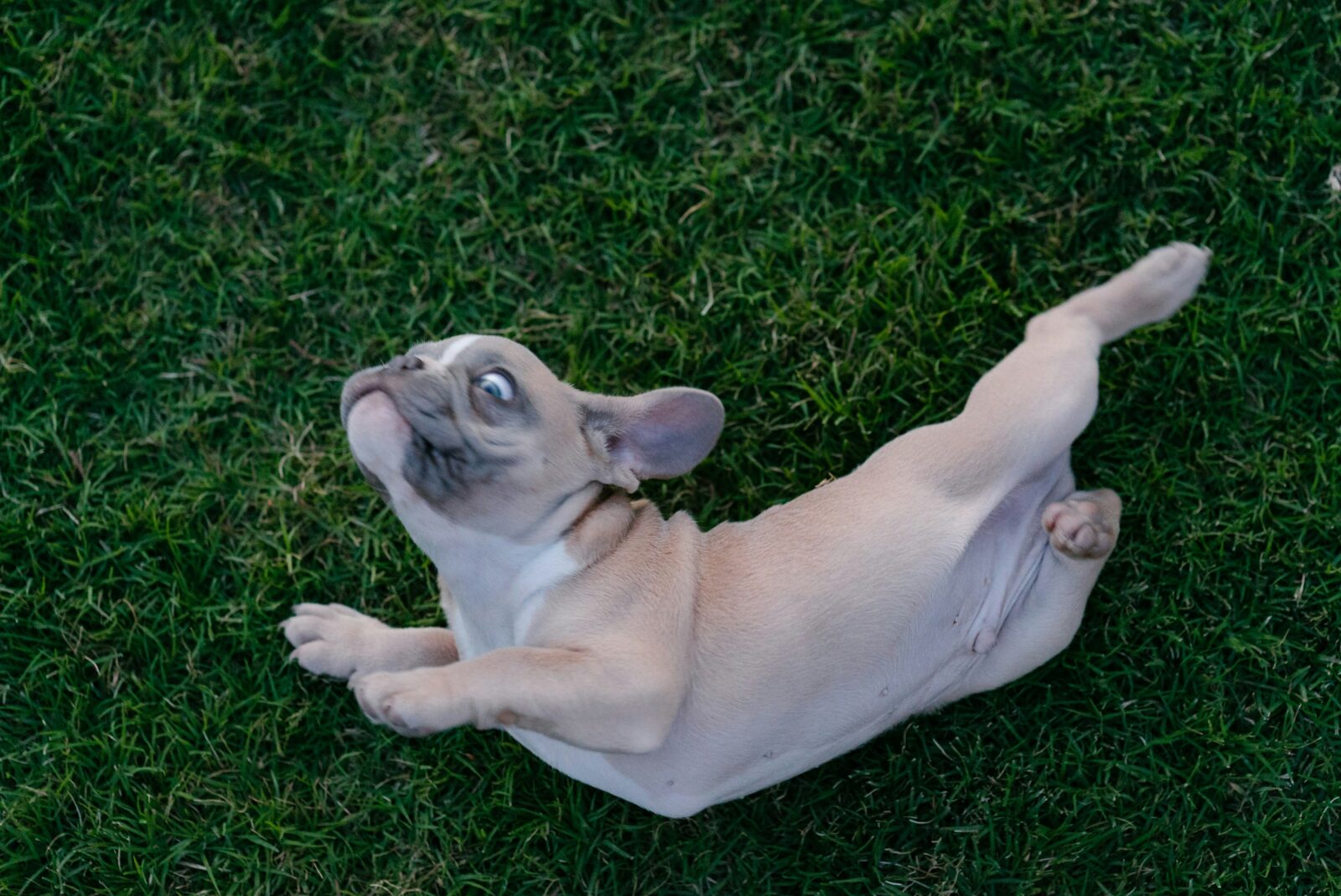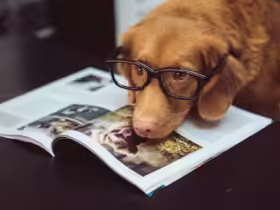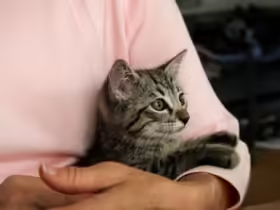Teaching your dog the “roll over” trick is not only impressive but also a fun way to engage and bond with your pet. This classic trick involves your dog rolling their body over from a lying position, and with patience and positive reinforcement, most dogs can master it. This guide will walk you through the process of teaching your dog to roll over, including step-by-step instructions, tips for success, and common pitfalls to avoid.
1. Preparing for Training
Before starting the training process, ensure you have everything in place to set your dog up for success.
1.1 Choose the Right Environment
- Quiet and Distraction-Free: Select a quiet area with minimal distractions where your dog can focus on the training. This helps them stay attentive and reduces the likelihood of getting sidetracked.
- Comfortable Surface: Use a comfortable surface, such as a soft mat or carpet, for your dog to lie on. A comfortable surface makes it easier for your dog to roll over and reduces any discomfort.
1.2 Gather Supplies
- High-Value Treats: Have a supply of small, high-value treats that your dog loves. Treats should be easy to handle and quick to consume to keep your dog engaged during training.
- Clicker (Optional): A clicker can be used for clicker training, providing a distinct sound that marks the exact moment your dog performs the desired behavior. If you’re using a clicker, ensure you have it ready.
2. Teach Your Dog to Lie Down
The “roll over” trick starts with your dog in a lying down position. If your dog isn’t already comfortable lying down on command, begin by teaching this basic command.
2.1 Command and Position
- Get Your Dog into a Down Position: Ask your dog to lie down using the “down” command. If your dog doesn’t know this command, you can teach it by guiding them into the position with a treat.
- Reward and Praise: Reward your dog immediately with a treat and praise when they lie down. Consistent reinforcement helps them understand the command.
2.2 Practice
- Repeat Regularly: Practice the “down” command regularly to ensure your dog is comfortable and responsive to it. This provides a solid foundation for teaching the “roll over” trick.
3. Introduce the “Roll Over” Command
Once your dog is comfortable lying down, you can start introducing the “roll over” command.
3.1 Use a Lure
- Position the Treat: Hold a treat close to your dog’s nose while they are in the down position. Slowly move the treat towards their shoulder, encouraging them to follow it.
- Guide the Roll: As your dog follows the treat, their body should naturally start to roll over. Use the treat to guide their movement, and reward them immediately when they complete the roll.
3.2 Add the Command
- Introduce the Verbal Cue: Once your dog begins to understand the movement, start adding the verbal command “roll over” as you guide them with the treat. Use a clear and consistent tone.
- Reinforce and Reward: Continue to reward your dog with the treat and praise as they roll over. Reinforcing the behavior helps them associate the command with the action.
4. Increase Complexity Gradually
As your dog becomes more proficient at rolling over, you can start increasing the complexity of the trick.
4.1 Reduce Lure Dependency
- Gradual Transition: Gradually reduce your reliance on the treat as a lure. Instead, use a hand gesture or verbal command to prompt the roll. Continue to reward your dog for completing the trick successfully.
- Consistency: Be consistent with the command and hand gesture to help your dog associate them with the behavior.
4.2 Increase Duration
- Longer Rolls: As your dog gets better, encourage them to complete a full roll from one side to the other. Reward them for completing the roll in one continuous motion.
- Practice in Different Environments: Practice the trick in various locations to help your dog perform reliably in different settings.
5. Troubleshooting Common Issues
If you encounter challenges during training, consider these tips to address common issues.
5.1 Reluctance to Roll Over
- Gradual Progression: If your dog is hesitant to roll over, break the trick down into smaller steps. Reward them for making partial progress, such as turning their head or moving onto their side.
- Comfort and Safety: Ensure your dog is comfortable and not in pain. Some dogs may be reluctant to roll over due to discomfort or joint issues.
5.2 Distractions
- Minimize Distractions: Keep training sessions short and focused. If your dog is distracted, return to a quieter environment and gradually reintroduce distractions once they are consistently performing the trick.
- Positive Reinforcement: Maintain enthusiasm and positivity to keep your dog engaged and motivated.
6. Maintaining and Reinforcing the Trick
Once your dog has mastered the “roll over” trick, continue to reinforce and maintain their skills.
6.1 Regular Practice
- Short Sessions: Incorporate regular practice sessions to keep the trick fresh in your dog’s mind. Short, frequent sessions are more effective than longer, infrequent ones.
- Varied Locations: Practice in different locations and contexts to ensure your dog can perform the trick reliably in various environments.
6.2 Ongoing Rewards
- Keep It Fun: Continue to reward your dog with treats, praise, or playtime to keep the training enjoyable. This encourages your dog to perform the trick enthusiastically.
- Adjust Rewards: As your dog becomes proficient, you can reduce the frequency of treats and rely more on praise and playtime as rewards.
7. Incorporating “Roll Over” into Daily Life
Integrating the “roll over” trick into your daily routine can enhance your dog’s training and make it more enjoyable.
7.1 Interactive Play
- Fun Games: Incorporate the “roll over” trick into interactive games and playtime. This helps reinforce the trick in a fun and engaging way.
- Training Challenges: Create training challenges that involve performing the “roll over” trick, such as incorporating it into a trick routine or obstacle course.
7.2 Positive Interaction
- Bonding: Use the “roll over” trick as an opportunity to bond with your dog. Positive interactions and training sessions strengthen your relationship and build trust.
- Family Involvement: Involve family members in the training process to ensure consistent commands and rewards. This also allows everyone to enjoy and participate in your dog’s achievements.
Conclusion
Teaching your dog to “roll over” is a rewarding process that combines patience, consistency, and positive reinforcement. By following the step-by-step instructions provided in this guide, you can help your dog master this impressive trick and strengthen your bond with them.
Remember to start with a solid foundation by ensuring your dog is comfortable lying down, introduce the trick gradually, and use positive reinforcement to encourage successful learning. With regular practice and a positive approach, your dog will soon be rolling over on command with enthusiasm and ease.











Leave a Reply